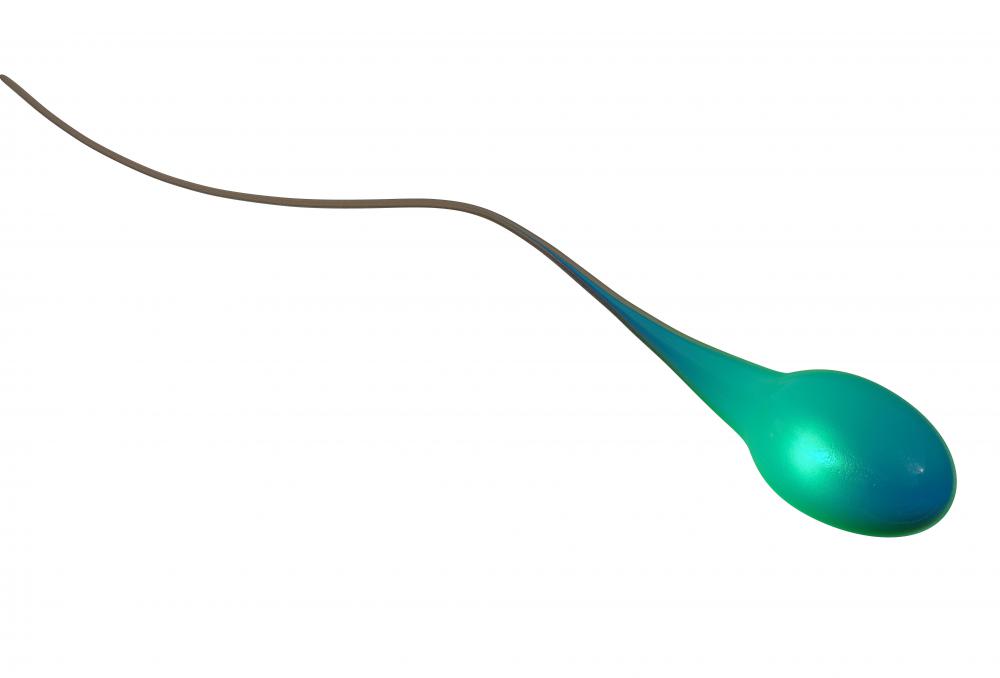At WiseGEEK, we're committed to delivering accurate, trustworthy information. Our expert-authored content is rigorously fact-checked and sourced from credible authorities. Discover how we uphold the highest standards in providing you with reliable knowledge.
How does the ICSI Procedure Work?
In an intracytoplasmic sperm injection (ICSI) procedure, a doctor will fertilize an egg by hand, using a glass pipette to carefully force a sperm into the egg. The clinic will incubate the eggs, make sure they are dividing, and implant one or more in a woman with the hopes of achieving pregnancy. This assisted reproduction procedure is available at many fertility clinics, and patients considering ICSI may want to get information about success rates to decide where they want to go.
A doctor may recommend an ICSI procedure for patients when male infertility is present. A man may not produce enough sperm on his own to impregnate his partner, but an ICSI procedure could allow a doctor to use his sperm to fertilize the partner's eggs. Sometimes patients request this procedure if they are having trouble with in vitro fertilization and other techniques. It is a very delicate process and requires an attentive, steady hand.

The first step in the ICSI procedure is ovarian stimulation for the woman. The woman will take medications to encourage multiple follicles to develop so the doctor can harvest several eggs, using ultrasound to see the ovaries and collecting eggs with a needle. The doctor wants as many eggs as possible to increase the chances of success. Technicians incubate the eggs, and when one or more are mature, the doctor requests a sperm sample.

The doctor will examine the sperm under a microscope to search for any active sperm. If any are present, the doctor will suck one up in a very fine glass needle. Using a suction pipette to hold the egg in place, the doctor pushes the needle into the egg to release the sperm. After the ICSI procedure, the eggs go back into incubation to see if any fertilize and start dividing. The doctor will choose the most vigorous for implantation.

An ICSI procedure has some risks. Ovarian stimulation can cause side effects, and women will need to consider these when preparing. There is also an increased chance of miscarriage with the pregnancy, and chromosomal abnormalities tend to be more common in ICSI babies than in the general population. A doctor may recommend pre-implantation genetic diagnosis to screen the dividing embryos for any common abnormalities so the couple can decide which ones they want to implant. The doctor can look specifically for genetic conditions incompatible with life to avoid implanting embryos that will not survive the pregnancy.
AS FEATURED ON:
AS FEATURED ON:














Discuss this Article
Post your comments